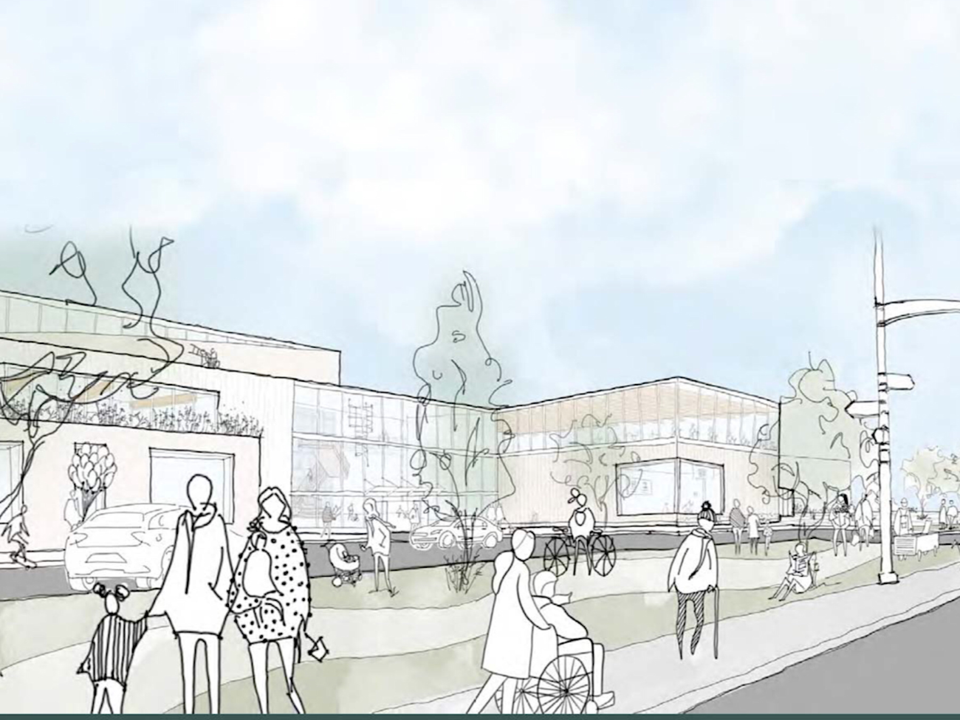REGINA - The City of Regina is moving ahead with a funding application to the Investing in Canada Infrastructure Program for a new Aquatic Centre.
The vote was 10-0 in favor of the application, following on an earlier vote in which council also voted unanimously to approve the report on the indoor aquatic facility.
The estimate in the Catalyst Committee report for what the new aquatic centre would cost is $172.7 million. The project is to be in the Taylor Field area adjacent to the current site of Lawson Aquatic Centre, which will stay open while the new facility is built.
City council spent the afternoon Wednesday discussing the Aquatic Centre, one of the major projects recommended in the recently-committee report of the Catalyst Committee.
Other major Catalyst recommendations — a walking trail, new Central Library and a new indoor Events Centre — are to be discussed and voted on at the March 22 meeting. The vote on the aquatic centre went ahead on March 8 because of tight timelines the city must meet for applying to ICIP.
The city’s application would be for $128 million: $108 million to the aquatic centre project, and $20 million going to geothermal heating for the facility. Should the ICIP funding application go through, the aquatic centre would be cost-shared at 40 percent from the Feds, 33.3 per cent from the province and 26.7 per cent from the municipal government.
The council meeting saw considerable discussion on details about the new Aquatic Centre, as well as details on the geothermal plant and how it would work to heat the new Aquatic Centre.
Councillors heard from Brian Brunskill, one of the geologists who prepared the report for Petroleum Technology Research Centre on the possible uses of geothermal. He spoke of the process of how geothermal would work.
The idea is to draw natural heat from a deadwood aquifer located about two km deep underneath the ground, and use it to heat the pool. The water temperature of that aquifer would be 60 degrees C.
He explained they could drill two wells directionally into the aquifer. One well would produce hot water from the aquifer, and that would go through a heat exchanger and heat would be transferred to the load — in this case, the aquatic centre. The other well would send cool water back into the aquifer.
“That resource will last for quite a long time and it’s a reliable, simple concept — we’re just pumping water,” said Brunskill. Based on some of the modelling, he said there was confidence this could provide sufficient heating in excess of 70 years.
The environmental case for geothermal was they would be using the existing source of heat from the earth rather than natural gas, which means fewer CO2 emissions.
There is also potential with the geothermal plant to heat potentially other locations in Regina as well, though it’s still unclear to what extent this can happen.
Administration confirmed their goal with the aquatic centre facility was to make it “net-zero.” Using geothermal would get them a long way towards net zero; if there is any difference the intention is to make it up through other renewable energy sources, such as solar.
In his remarks closing off debate, Councillor Bob Hawkins called the aquifer-heated pool the “definition of a catalyst project.” Hawkins called it innovative and said it will activate the Taylor Field area, and was confident it would attract more development in the area, create jobs, and “save lives.”
“There will be kids that learn to swim in that pool who will never drown because of the opportunity this council is going to give them today in building that pool.”
When shovels might go into the ground remains to be seen, as the city must now wait for a decision on the funding application which could take several months.
But a desire was expressed for it to happen sooner rather than later. Councillor Hawkins wanted administration to bring back a report to complete construction on a new Aquatic Centre in 36 months instead of 60.
"I am asking the administration to put their shoulder to the wheel to improve on normal steady project timelines and find a way to get this on the road," said Hawkins. Administration pledged they would bring a report or undertaking back on the topic.






